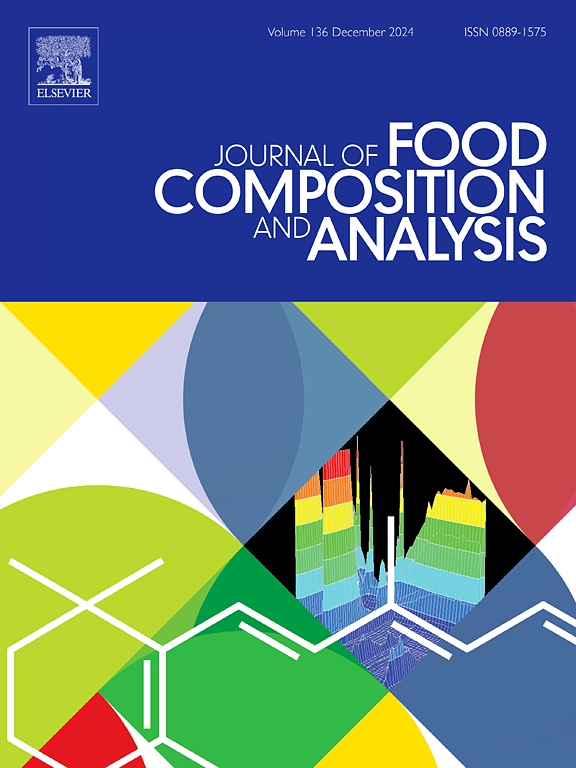Physicochemical, microbiological, flavor and structural aspects of commercial spreadable fresh cheeses with different fat content
IF 4
2区 农林科学
Q2 CHEMISTRY, APPLIED
引用次数: 0
Abstract
Commercial spreadable fresh cheeses of Cream (Cr) and Blanco (Bl) varieties (two brands each: CrB, CrC and BlA, BlC, respectively) with different fat content: full-fat (F) and reduced-fat (R), were characterized in relation to physicochemical and microbial parameters, carbohydrate and organic acids, volatile compounds profiles, rheological, texture and microstructure. Higher pH and lower titratable acidity, were found in one brand analyzed of F cheese. R samples had the lowest total solids content, and higher syneresis was only observed in one brand of R cheeses. Lactose was variable with differences in Bl cheeses. Lactic acid was the predominant acid with the exception of CrB cheeses in which citric acid surpassed lactic. Differences between R and F samples were detected for lactic in C brand cheeses. LAB were only found in 4 of the 24 cheeses. Some F samples had higher viscosity, thixotropy and hardness than R. Smaller fat particles were observed in R compared to F samples. Although some individual compounds presented quantitative differences between F and R cheeses, only in some cases a relationship can be established by the different fat level; acids and ketones were the majority volatile compounds identified.
求助全文
约1分钟内获得全文
求助全文
来源期刊

Journal of Food Composition and Analysis
工程技术-食品科技
CiteScore
6.20
自引率
11.60%
发文量
601
审稿时长
53 days
期刊介绍:
The Journal of Food Composition and Analysis publishes manuscripts on scientific aspects of data on the chemical composition of human foods, with particular emphasis on actual data on composition of foods; analytical methods; studies on the manipulation, storage, distribution and use of food composition data; and studies on the statistics, use and distribution of such data and data systems. The Journal''s basis is nutrient composition, with increasing emphasis on bioactive non-nutrient and anti-nutrient components. Papers must provide sufficient description of the food samples, analytical methods, quality control procedures and statistical treatments of the data to permit the end users of the food composition data to evaluate the appropriateness of such data in their projects.
The Journal does not publish papers on: microbiological compounds; sensory quality; aromatics/volatiles in food and wine; essential oils; organoleptic characteristics of food; physical properties; or clinical papers and pharmacology-related papers.
 求助内容:
求助内容: 应助结果提醒方式:
应助结果提醒方式:


